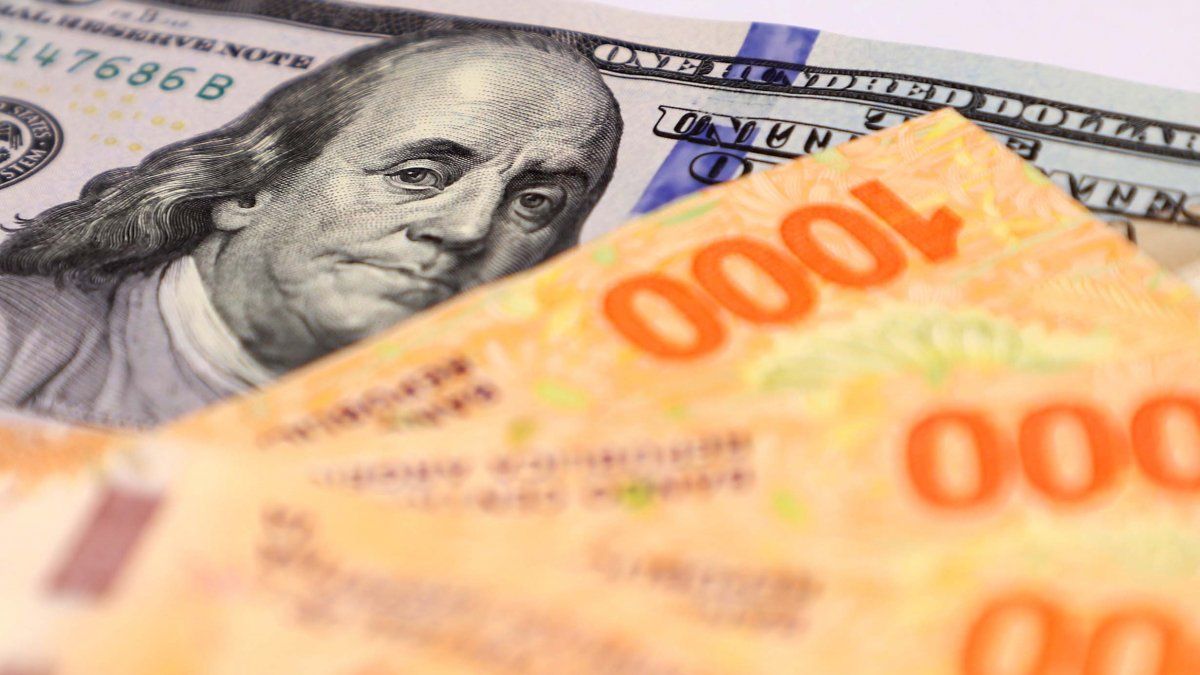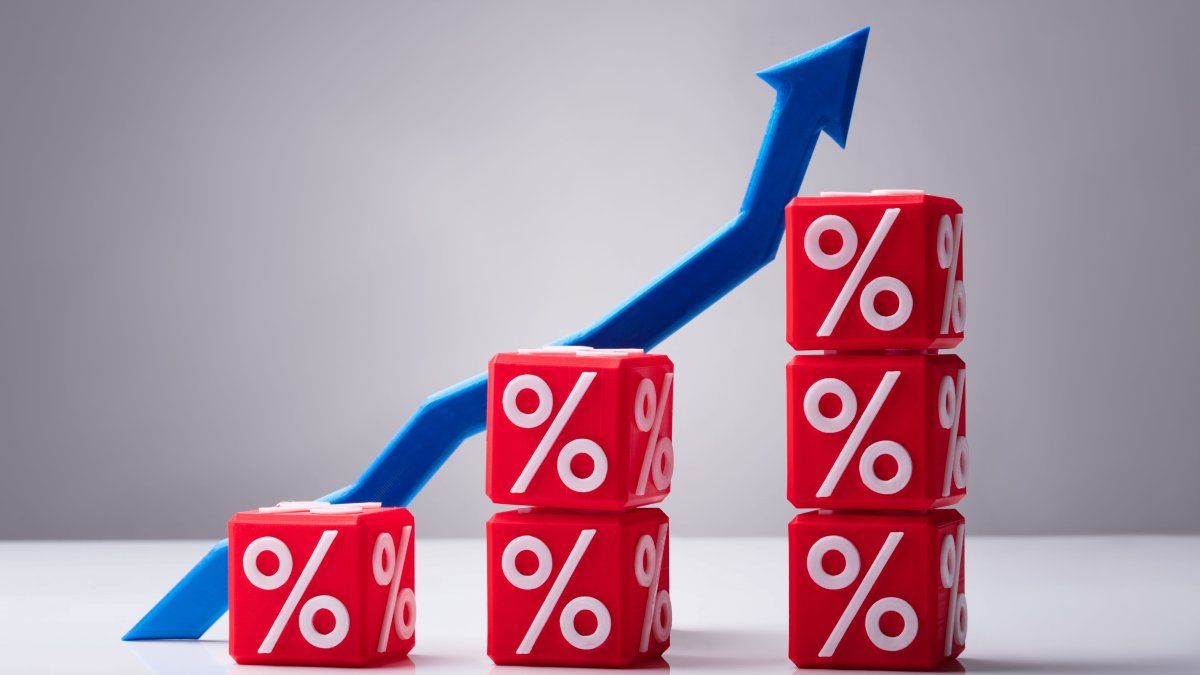In principle, the market is already discounting a rate hike for the month of May. With the acceleration of inflation and the rebound that the parallel dollars had last week, the Central Bank’s bet is to encourage investments in pesos to prevent them from going to the dollar. A recent report by LCG Consulting stated: “The executive insists on waiting until May to see an improvement in the inflation rate.
However, the exchange rate moving at a faster pace, the speed with which the inertial component is incorporated and the rate increase suggests that inflation will not break through the 5% floor in the coming months. Thus, interest rates will have to increase”. It is worth remembering that the Central Bank is tied hand and foot to the agreement with the International Monetary Fund where the goal of having a positive real interest rate is set. That is why that as long as it is in negative rates, savings in pesos still cannot achieve enough.
Today the equation that savers must take into account is that the dollar against the peso loses 3.37% while fixed terms vs inflation lose 3%. But a new rate hike can change the equation.
What option to choose in May?
Traditional fixed terms: With current rates, whoever deposits $20,000 will get $20,756 in a month, which is yielding around 3.78%, well below inflation. If the current rates were maintained and the saver always reinvested everything he collects every 30 days -principal plus interest-, the calculation shows that within a year he would obtain an amount in pesos 57.07% higher. If he put in $10,000, he would end up with over $15,700 at 365 days. A new rate hike in May would give more room to conservative savers who prefer not to “shield” their money for more than 30 days.
Fixed terms UVA: With inflation accelerating, it is clear that it is the best option. The minimum term of this investment is 90 days. But the attractiveness of the UVA is that it manages to compensate for the price increases of the quarter and that silver does not lose its purchasing power since the yield is always “a little more” than inflation. Regardless of how high the rate of inflation is, it will always be a better option as long as inflation continues to erode wages. The most attractive option is the pre-cancellable one, since banks must compensate for quarterly inflation and an additional rate of at least 1% per year is applied.
Dollar: The Central Bank has been accelerating the devaluation, however, CER-adjusted instruments seem to be the best option so far. To prevent the exchange rate from lagging in correlation with the rest of the economy’s prices, the Central Bank will most likely seek to align the exchange rate with inflation. New – and old – market concerns are going to put pressure on the dollar, which has been quiet for more than a month: first, the Central Bank’s deficiency in accumulating reserves is beginning to sow doubts about the achievement of goals with the Monetary Fund. International (IMF). Second, the acceleration of inflation begins to generate a climate of uncertainty, which makes savers seek refuge in the dollar, thinking that with the acceleration in prices, the dollar will also rise. Although the objective of the Central Bank is not to feed back inflation with greater devaluation, the truth is that the parallel market will be able to do its part in the coming months in the event that expectations do not improve.
Source: Ambito
David William is a talented author who has made a name for himself in the world of writing. He is a professional author who writes on a wide range of topics, from general interest to opinion news. David is currently working as a writer at 24 hours worlds where he brings his unique perspective and in-depth research to his articles, making them both informative and engaging.




